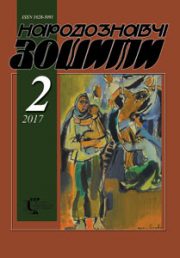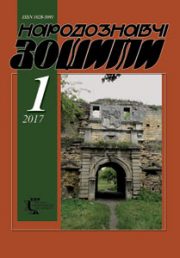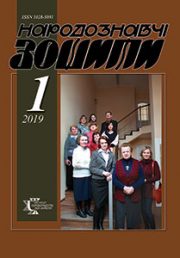The Ethnology Notebooks. 2018, 3 (141), 759–761
UDK 7.031.4.071.4М. Моздир:001.9:069]:726.82(477)”19/20
DOI https://doi.org/10.15407/nz2018.03.759
THE SCIENCE OF MEMORY: THE AUTHOR AND EPOCH (Dedication to Mykola Mozdyr)
Yatsiv Roman Myronovych, Vice-rector on the scientific work
of the Lviv National Academy of Arts, Ph.D., associate professor,
Honored Worker of Culture of Ukraine.
Kubiiovycha Street 38, 79011, Lviv, Ukraine.
Contacts: e-mail: jaciv@ukr.net
Abstrakt. The article deals with the wide format of museum, scientific and administrative activities of Mykola Mozdyr (1928—2018), a famous art historian, organizer of science and a teacher. The role of the cultural and artistic environment in which the research talent of the scientist matured is considered, ideological and aesthetic factors of the formation of his spiritual and value imperative are called. Special attention is drawn to the individual features of the character of M. Mozdyr, his ability to target colleagues to solve actual scientific problems in academic humanities. Some scientific ideas of the scientist, disclosed in his author’s monographs devoted to the Ukrainian folk memorial sculpture, are considered.
Keywords: Mykola Mozdyr, folk art, art studies, memorial
plastic, ideology, museum affairs, totalitarian era, cultural artifacts,
value imperative.
Received 05.06.2018
References
Mozdyr, M.I. (uporiad.). (1987). Borysenko V. Albom. Kyiv: Mystetstvo [in Ukrainian].
Mozdyr, M. (2009). Ukrainska narodna memorialna skulptura. Lviv: Instytut narodoznavstva NAN Ukrainy [in Ukrainian].
Horyn, B. Ne tilky pro sebe. Retrieved from: http://www.vox-populi.com.ua/rubriki/hto-e-hto/netilkiprosebecastinaxivavtorgorinbogdan.







